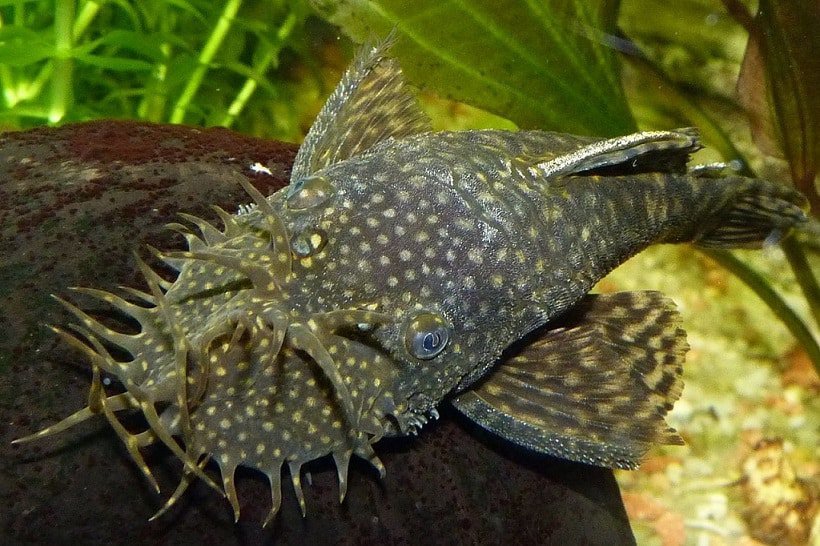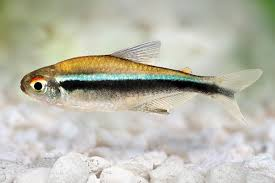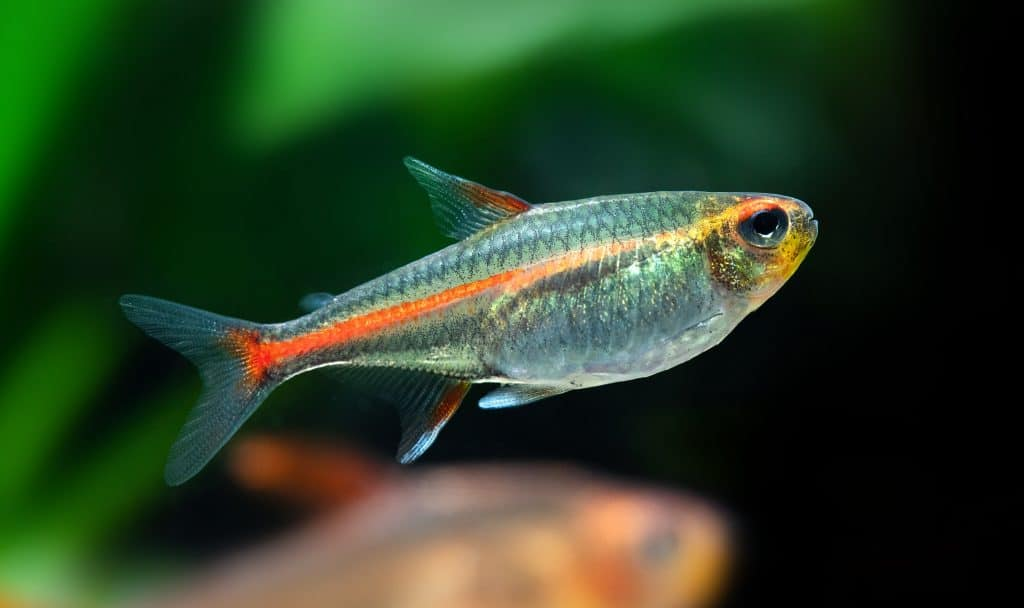Video of Actual Fish
Guppies have been a staple of the aquarium hobby for generations. Originating in tropical pools in South America and the Caribbean Islands, these fish are now available in a wide variety of colors that have been produced by selective breeding at fish farms. Many guppy keepers may start out with only one or two fish, but being live-bearers with long-term sperm storage, you may be in for a full tank before long.
Tankmates
Guppies are peaceful, easygoing community fish that play well with a mix of other non-aggressive fish species. You may want to keep them with similar, live-bearing fish, such as platys or mollies. Other good tankmates include small fish, such as neon tetras or zebrafish. Keep in mind that any fry spawned from an active guppy female may be dinner for other fish in the tank, so having smaller tankmates will ensure more fry survive.
Many guppy keepers often opt for a guppy-only aquarium. You are welcome to mix different varieties of guppy in the same tank. The number of guppies you can keep in one tank will depend on the size of the tank—a general guideline is 1 gallon of water for every 1 inch of fish. For example, because guppies average around 2 inches in length, a 10-gallon tank may only hold five guppies comfortably, while a 30-gallon tank may hold 15 guppies. Generally, it’s also best to have two or three females for every one male in the tank.
Guppy Habitat and Care
Guppies are great beginner fish. They are low maintenance and can tolerate some beginner mistakes. A bigger tank size is recommended since guppies are very active fish. They thrive in an aquarium with plants and soft décor items.
In order to keep your population from exploding, it is strongly recommended that you separate males and females in different tanks. Guppy females can store sperm for multiple spawns, even after separation from males, so once a female has been with a male, she may have multiple batches of babies. Tank dividers are okay as a temporary solution, but many of these flimsy, plastic dividers are usually not enough to keep fish separated. Two separate tanks will keep unwanted spawning to zero.
Heater
As a general rule, you need a heater to keep your guppies healthy. They prefer water temperatures in the 70s, and few homes are warm enough to provide that without an immersible heater in the tank. Monitor water temperature daily and adjust the heater as needed to keep your fish comfortable and healthy.
Filtration
Your aquarium definitely needs a filter to remove impurities and harmful chemicals from the tank water. Without a filter, aquarium water tends to quickly become filled with pollutants from uneaten food and fish waste, and your fish can become ill or even die from this harmful water. There are many types of aquarium filters available to suit any budget, so talk to the fish expert at your local aquarium shop or pet store if you are uncertain as to which filter is best for your tank.
Guppy Diet and Feeding
Guppies are omnivores and do well on a variety of commercially available feeds. Even though guppies are small in size, pelleted diets called micro pellets are the best choice since they hold onto their nutrition longer than flakes. You are welcome to add supplements, such as frozen fish foods, but no more than once or twice a week. The complete pelleted diet is best for most pet fish species.
Depending on your aquarium’s temperature and the other tank inhabitants, you may feed your fish once or twice a day. Always start with a little bit of food, and when it has all been consumed, add a little more. Repeat for a few minutes and use this time to check all of your fish. Feeding time is a great time to see if any of your fish are acting odd or sick.




Reviews
There are no reviews yet.